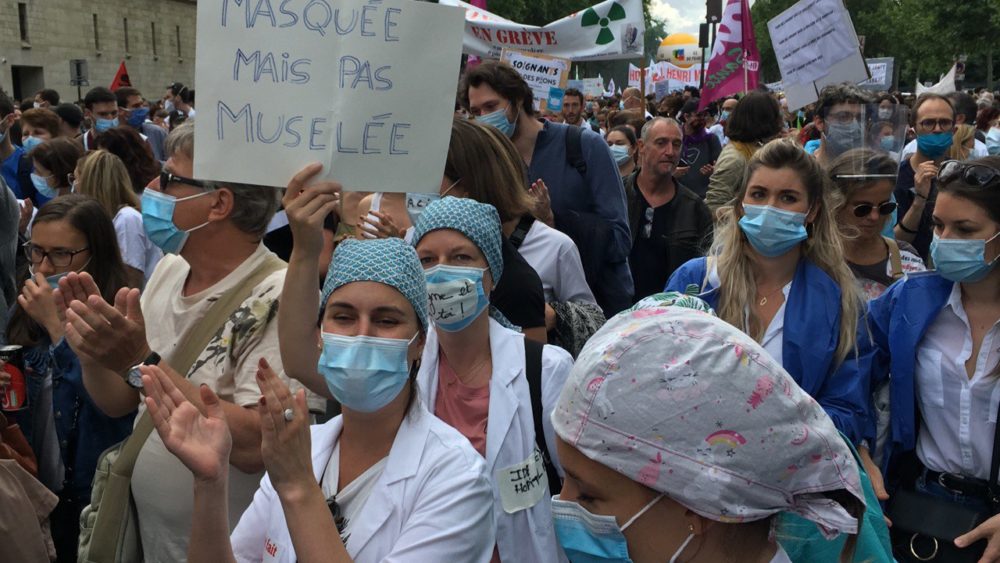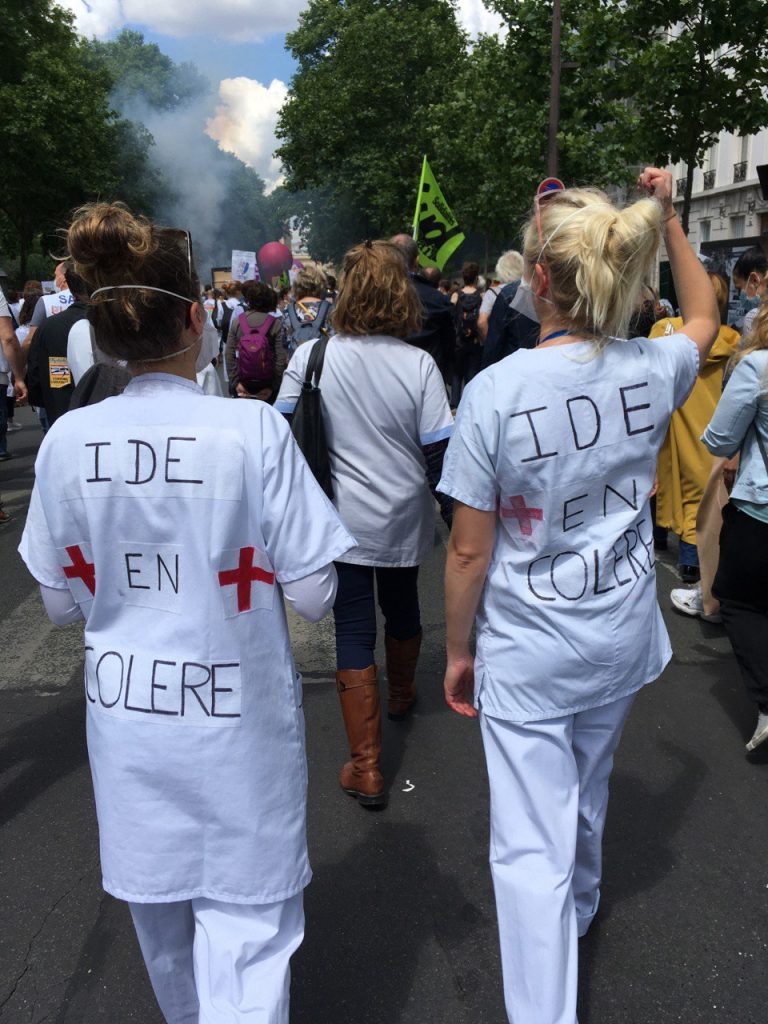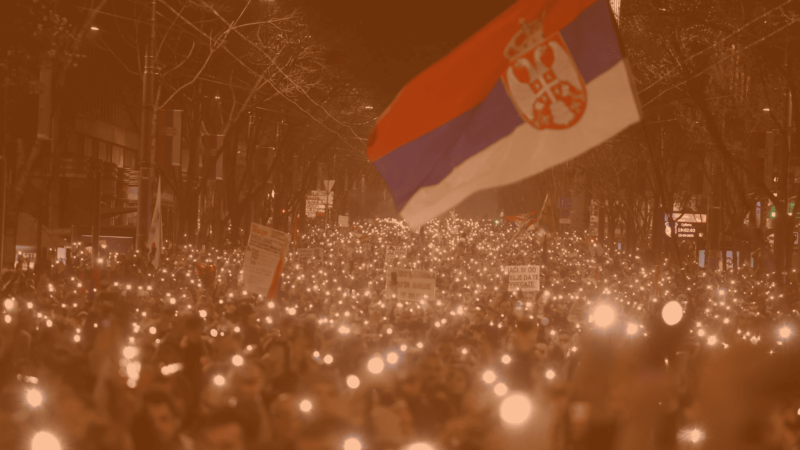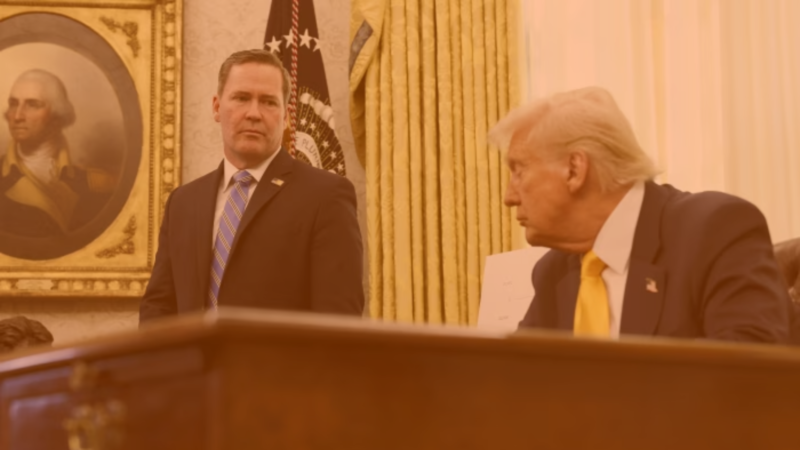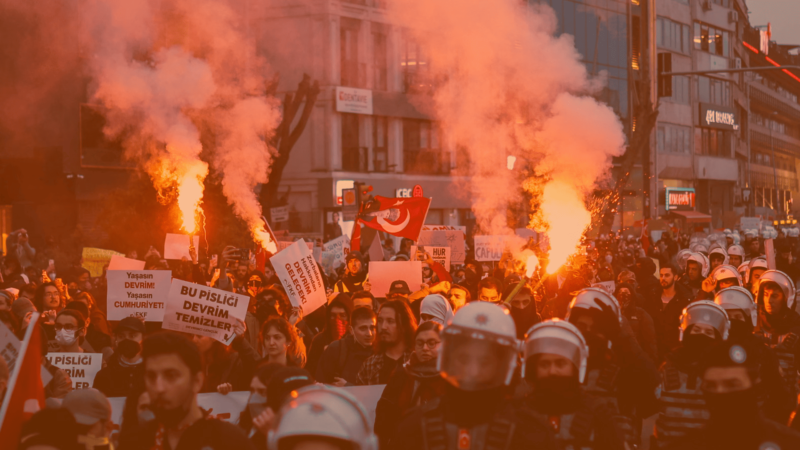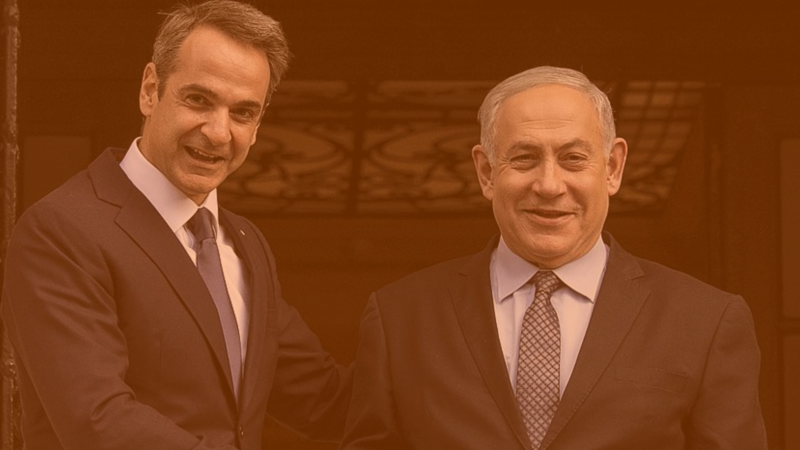In Paris on 16 June 2020, the government rewards medical staff with teargas rather than resources
More than a year ago, on 18 March 2019, French hospital emergency staff took to the streets ringing the alarm bell that, due to a lack of financial resources and staff, public hospitals were collapsing and patients were, as a consequence, suffering or even dying.
In the midst of the COVID-19 crisis, on 27 February 2020, Dr. François Salachas told Emmanuel Macron on visiting a hospital:
“Mr President, you see that you can count on us [the hospital staff]. You still have to prove that we can count on you.”
At the height of COVID-19, the government promised to listen to the demands of hospital staff and to improve the situation of hospitals. 30,000 deaths later, the government called for a broad consultation with the unions, who have now voiced their great disappointment at the government’s refusal to commit to the main demands of medical workers, being: salary increases for all hospital staff, more recruitment and increased investment in hospitals. In reply, the government merely indicated that the (already overworked) hospital staff may have to work more hours!
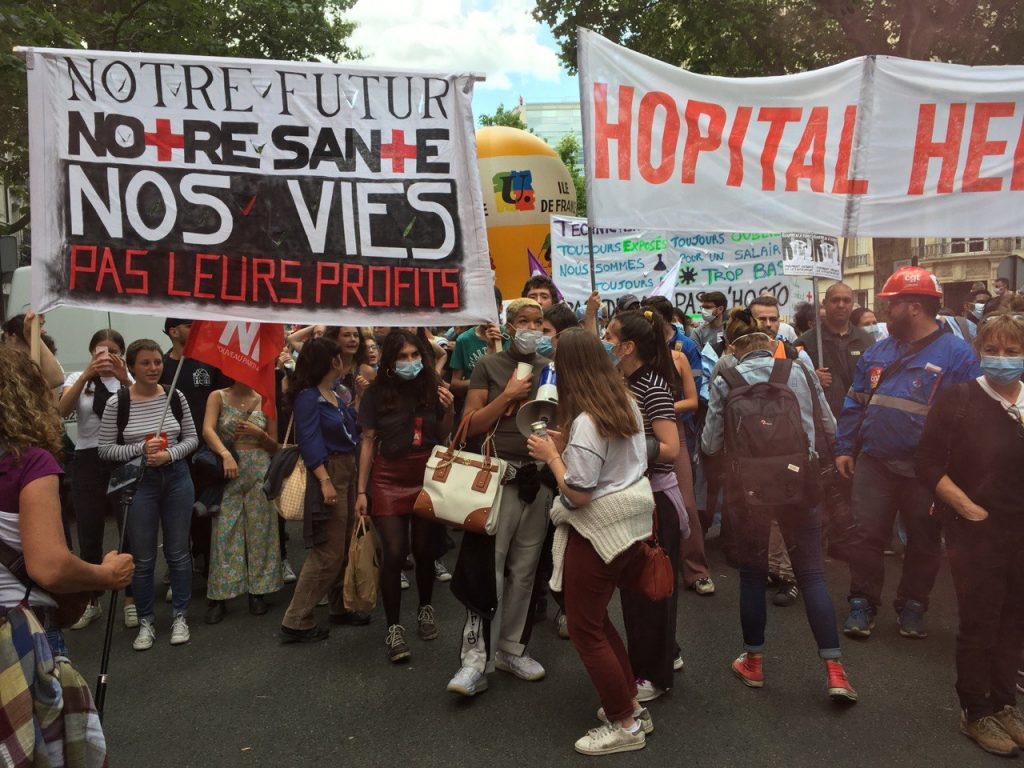
Nurses, doctors, carers and unions all called for a national demonstration held throughout the country yesterday, 16 June 2020
They asked the citizens who have clapped at their windows and balconies every evening at 8pm during the COVID-19 crisis to join on the streets in support.
Yesterday, despite the fact that the demonstration took place on a weekday, 220 demonstrations happened — spanning from Strasbourg to Fort-de-France (Martinique, French Antilles). These included 4,000 people in Montpellier, 1,000 in Clermont-Ferrand, 20,000 in Toulouse, 10,000 in Lyon and 5,000 in Strasbourg.
In Paris, around 50,000 people (according to the organisers, 18,000 according to the police) gathered near the Ministry of Health with leading representatives from unions, left-wing parties and associations like The Association pour la Taxation des Transactions financières et pour l’Action Citoyenne (ATTAC) and the Ligue des Droits de l’Homme, but also artists such as the celebrated theatre director Ariane Mnouchkine and her theatre troops. The majority of protesters were wearing their white coats or surgery outfits with slogans like “white coats, black anger,” “let’s save our common infrastructures,” “COVID-negative but rage and anger positive,” “our lives rather than their profits,” “funds for health not for the banks,” “the most dangerous virus is capitalism,” “masked but not muffled” and “save public services.”
The demonstration moved slowly and calmly and initially stopped at the end of the closed-off Rue de Varennes (location of the residence of the Prime Minister). The organisers of the demonstration had requested in advance that representatives of the protestors be invited to the Prime Minister’s office to discuss the points that they raised. They were refused. The protesters loudly referred to the sentence pronounced by the neurologist Dr. Salachas:
“Dear Prime Minister, you see that you could count on us [the hospital staff]. Can we count on you?”
The Minister of Interior Affairs had three main bridges over the Seine as well as numerous metro stations closed off. Thousands of “armoured” police forces — the so-called Robocops due to the amount of heavy protection they wear from head to toe — were positioned in the district and armed with teargas and sound grenade launchers, as well as flashball launchers.
The demonstrators arrived on the vast Esplanade des Invalides and slowly filled in its 1,5 sq kilometers, only to discover that all streets allowing them to exit had been cut off by police, their water cannons and their vehicles.
A few minutes later and without warning, police forces started to launch tear gas grenades amongst the demonstrators
Today, the Ministry asked official media to relay that this resulted as a response to the presence of hundred antifa protesters. Why then did they position several thousand policemen to close off the area and trap demonstrators in advance? Why launch teargas on tens of thousands of these demonstrators to “neutralise” the hundred-odd protestors whom the police labelled as disturbing?
This unjustified attack on those who have risked their own lives and those of their relatives during COVID-19 by fighting the virus in hospitals and saving our lives deeply shocked the demonstrators who witnessed this. They reacted by whistling and booing at the police.
Violence compelling further violence, demonstrators were suddenly separated into two groups in the middle of the Esplanade by the Brigades de repression de l’action violente motorisées (special troops created in 2019 to violently repress the Gilets Jaunes) wearing motorbike helmets. They ran through the crowd with weapons and blindly hit people. Street medics immediately took care of protestors lying injured on the ground or affected by teargas, while further grenades kept raining down on them. They chanted “Macron, démission!” (Macron, resign!).
Scandalised and pushed to their limit by such violence, and after months of unrecognised efforts against the virus, some hospital staff attempted to resist
One 51 year old nurse seen throwing a few stones at the fully armed police was violently arrested. A journalist managed to film her arrest. In it, we can see how policemen dragged a woman in a nurse’s whitecoat to the ground by her hair, forced her against a tree and took her away handcuffed and with a bloody head, while she was asking for her anti-asthma spray in vain. This evidence of one more brutal act of police violence has deeply moved the population and left-wing politicians have immediately condemned it.
Through loudspeakers, the police requested that demonstrators leave the Esplanade one by one through a single authorised exit. The final humiliation: hospital employees were requested to take off their whitecoats before being allowed to exit the square.
At this point in time the French government has responded only with violence to the demands of those who have offered up their energy, as well as their private life and their health to the country — long before the virus ever arrived in France. During the COVID-19 crisis, it also unfortunately cost some of them their own lives.
Public health both in France and in Europe will not survive without massive investments. Follow DiEM25’s proposal for recovery throughout Europe: check out the 3-Point Plan!
Do you want to be informed of DiEM25's actions? Sign up here





